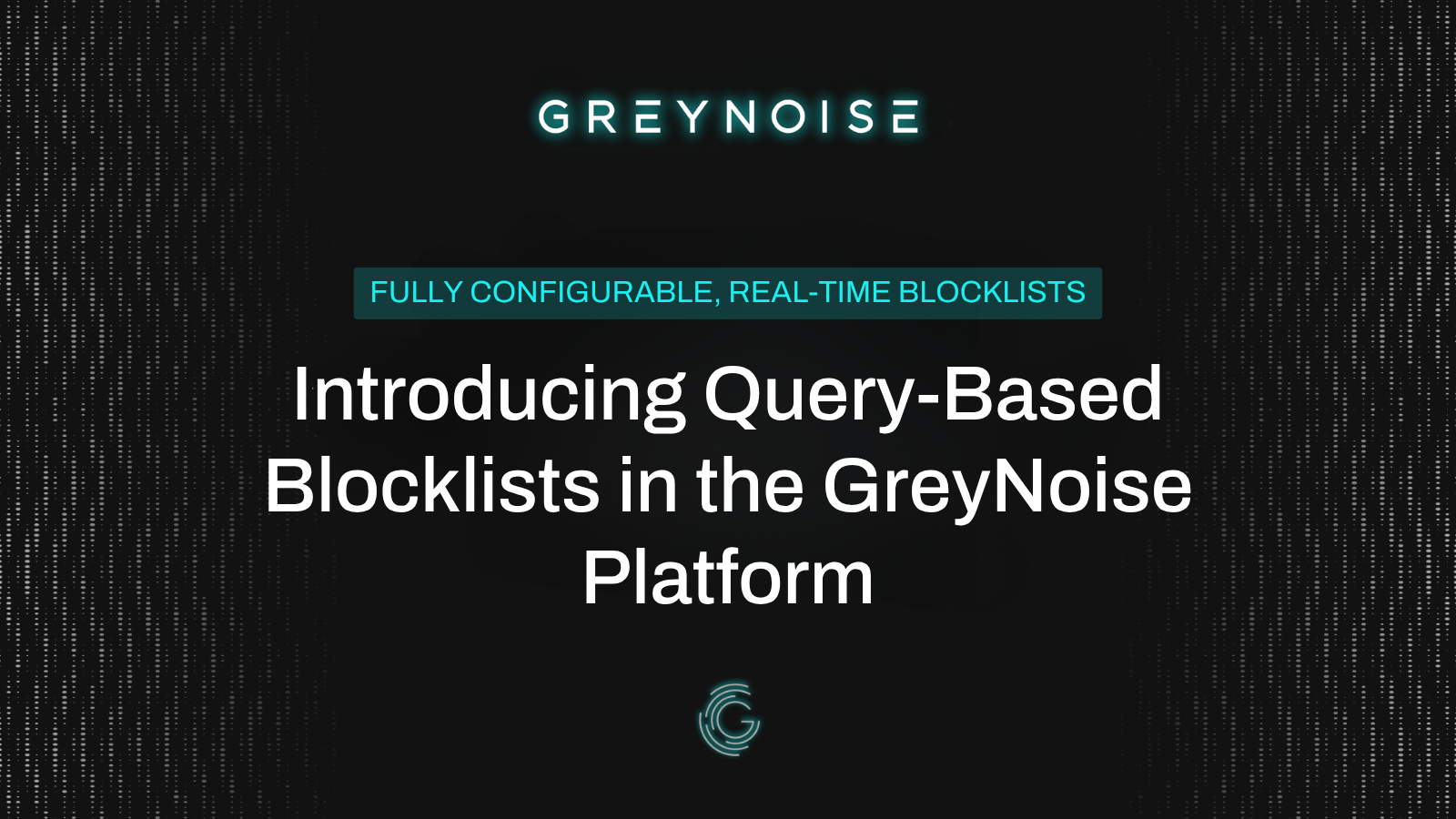Time is critical in incident response. The gap between exploit disclosure and patching, between compromise and containment, or between detection and recovery often determines the difference between a near miss and a major breach. Attackers automate everything from recon to exploit creation. Defenders need to close the speed gap.
Most threat intelligence workflows still rely on polling. Analysts or automated systems query APIs or dashboards on fixed schedules—every few minutes, every hour, sometimes even less frequently. By the time new data is pulled in, attackers may have already rotated infrastructure, moved laterally, or pivoted to a new exploit. This delay undermines automation investments, keeping defenders stuck in reaction mode.
Real-Time Feeds Instead of Polling
GreyNoise Feeds eliminate the need for polling by delivering event-driven webhook-based push notifications the moment something changes. Instead of waiting for the next scheduled query, your automation receives the update as soon as GreyNoise sees it. Teams can subscribe to three types of events:
- CVE status changes: Get notified when a vulnerability moves into active exploitation (or back to inactive). Use these events to trigger automated patching, blocking, or monitoring workflows.
- CVE activity spikes: Receive alerts when scanning or exploitation traffic against a CVE suddenly surges. These spikes often precede new disclosures, making them an early warning—even if your environment is already patched.
- IP classification changes: Get immediate notice when an IP flips state, such as unknown to malicious. Because attackers gain and lose control of infrastructure quickly, reacting fast is the only way to block the right traffic at the right time.
Practical Use Cases
GreyNoise Feeds are designed to be wired directly into automation platforms like SIEMs and SOARs. With feeds in place, teams can:
- Alert to Zero Day Risk. GreyNoise research has demonstrated that spikes of traffic against legacy CVEs often predicts the arrival of a zero day attack and new CVE disclosure. The Feeds event type CVE Activity spike provides organizations an early warning that provides organizations time to consider hardening, patching, and additional monitoring.
- Proactive blocking. Use GreyNoise Feeds to directly update firewall blocking rules to stop reconnaissance and exploitation attempts against edge devices, often before damage occurs.
- Vulnerability prioritization. Use GreyNoise Feeds to update vulnerability prioritizations as soon as GreyNoise observes new scanning and exploitation traffic. With the number of CVEs growing each year, many organizations face a backlog of vulnerabilities requiring remediation. While attackers have no means to exploit most CVEs, it’s critical to react once an exploitation is observed in active use.
- Threat mitigation. When attackers target a vulnerability exposed on your network, it may be necessary to mitigate that attack while a remediation is implemented. GreyNoise Feeds can help automate that mitigation by providing immediate notifications of IP addresses engaged in malicious activities.
Easy Configuration
GreyNoise Feeds are quite easy to configure. Give the Feed a name, specify the type, that is whether IP classification change, CVE status change, or CVE activity spike, indicate the direction of the change (such as from unknown to malicious), and specify whether to notify on all IP addresses and CVEs or a select subset.
You will also need to configure where GreyNoise should deliver the notifications, and each feed can have a unique delivery address. The address is a url that has been configured to receive webhook feeds. In order to support authentication and other features, GreyNoise Feeds supports adding custom HTTP headers.

GreyNoise Feeds take intelligence out of batch mode. Instead of asking what changed after the fact, your systems can respond the moment GreyNoise sees new exploitation, malicious activity, or infrastructure shifts. For defenders racing against automated attackers, that time advantage matters.
Learn more and watch videos on how to use at GreyNoise docs.










.png)